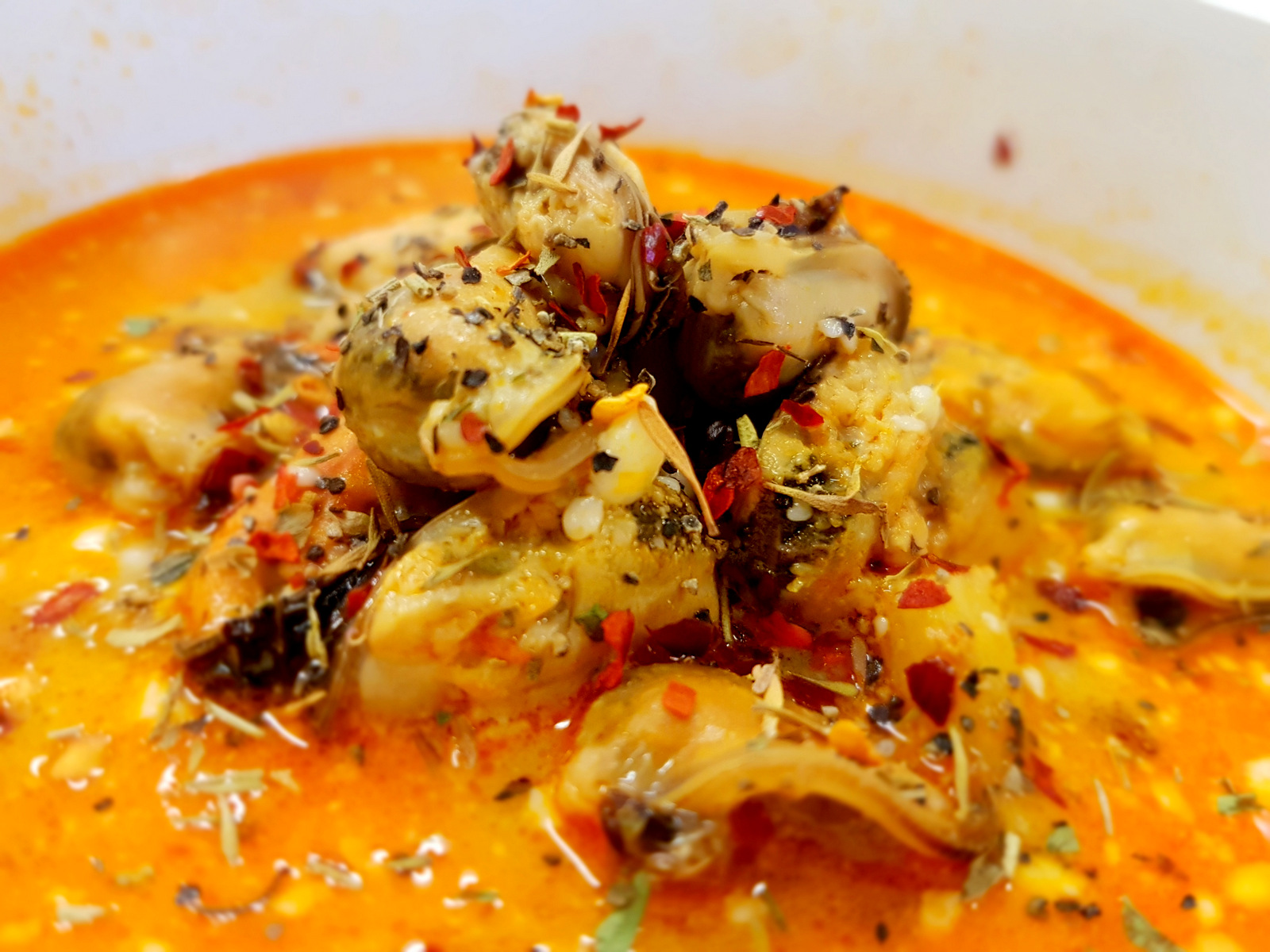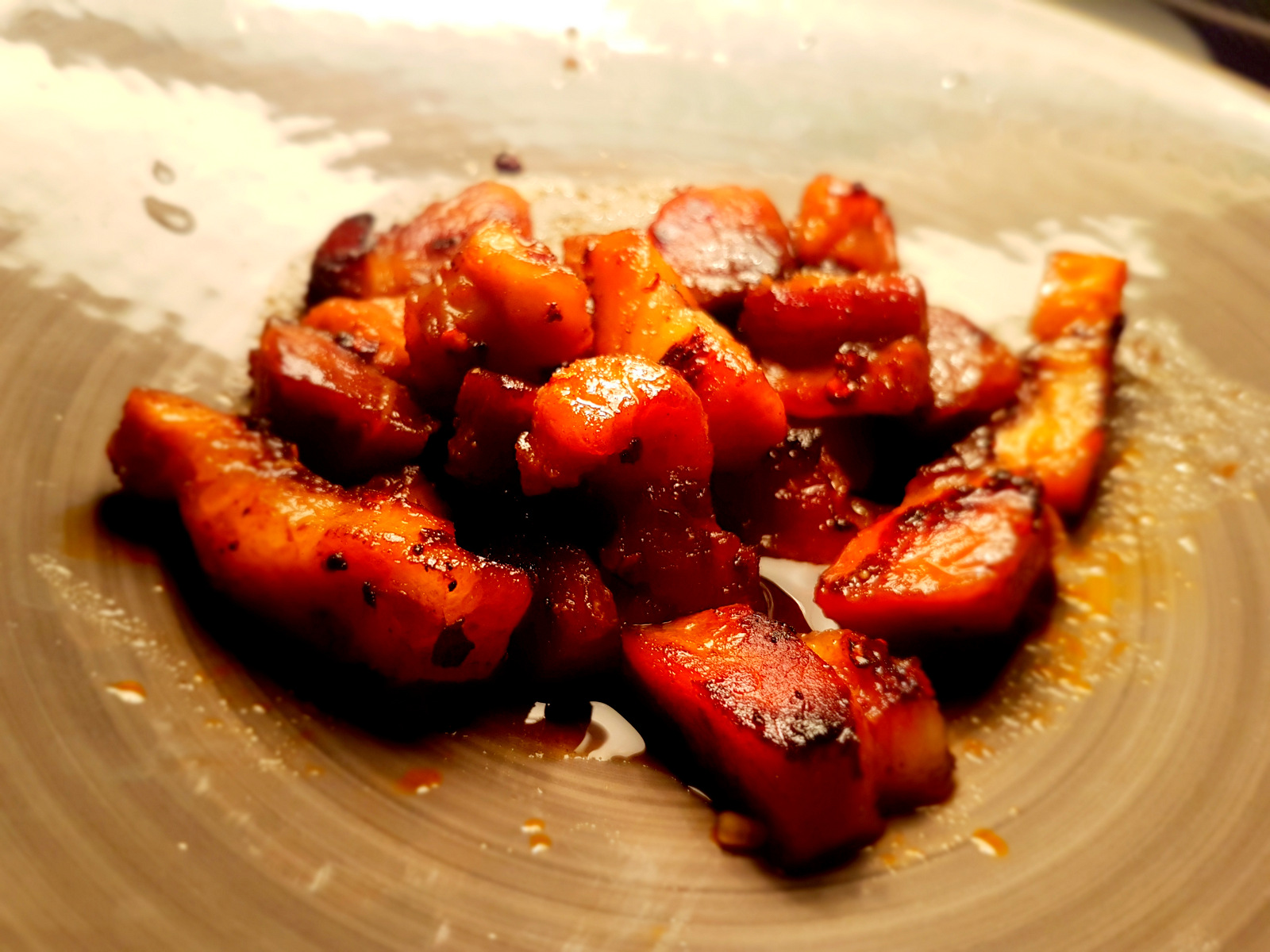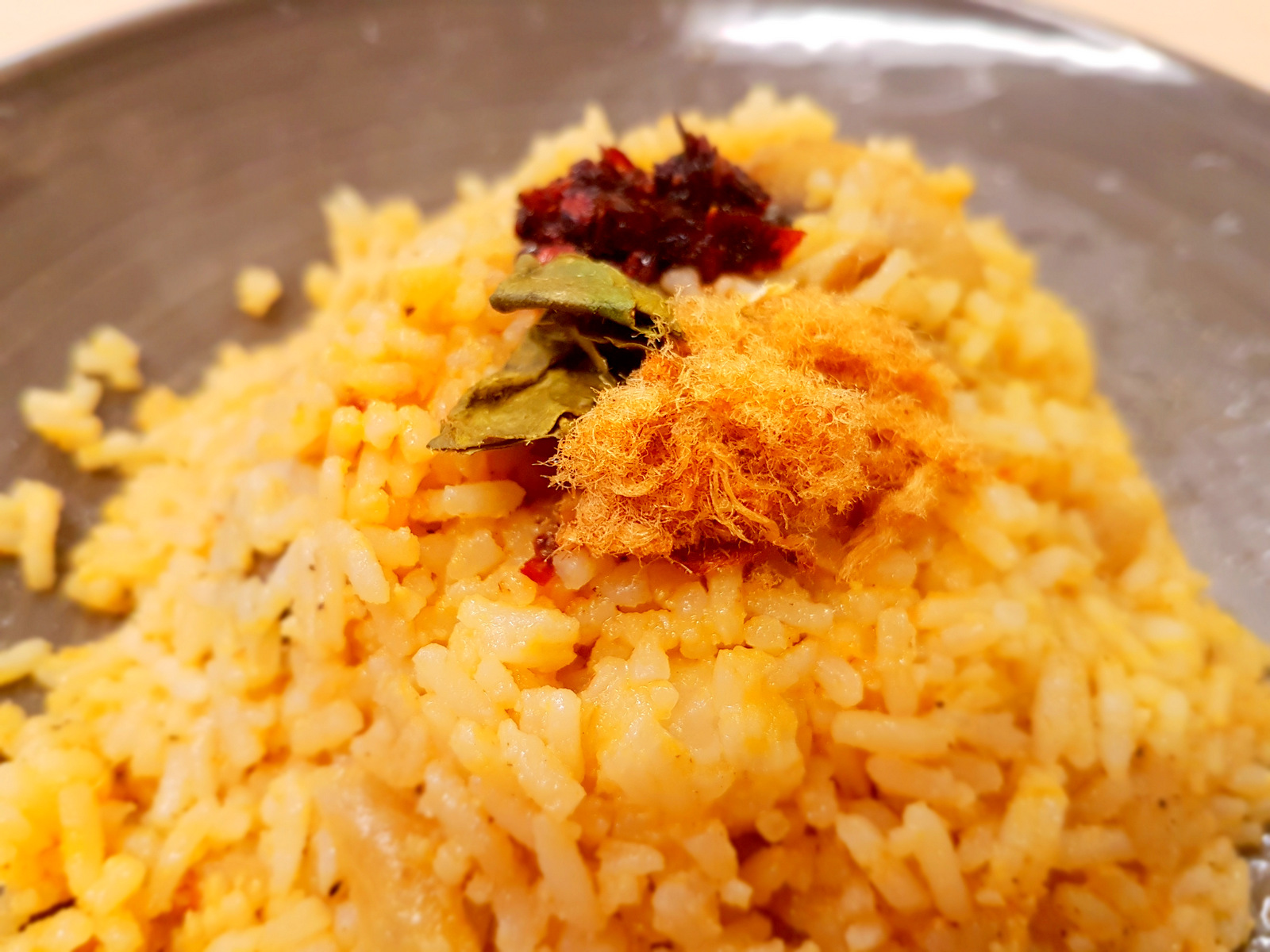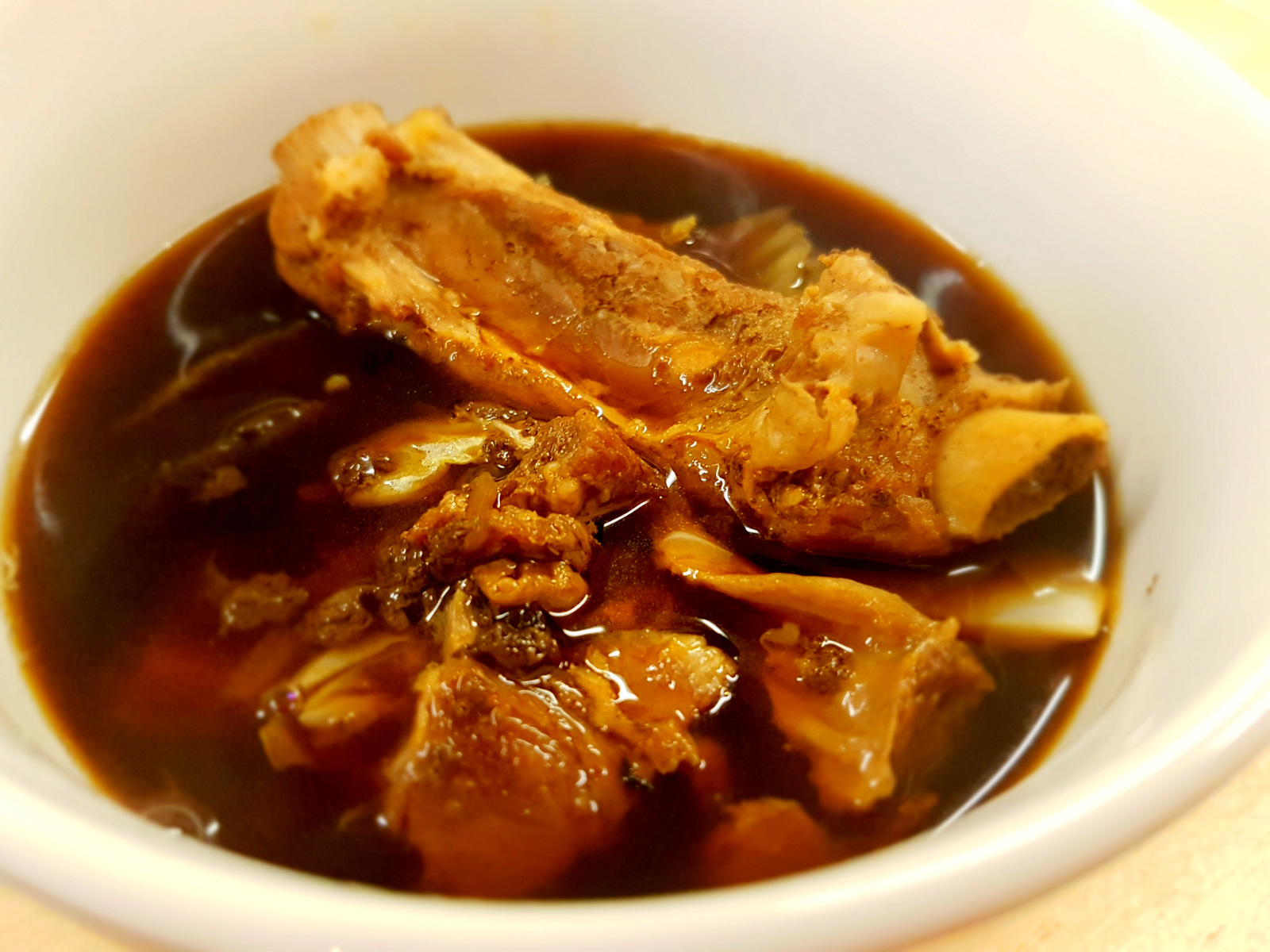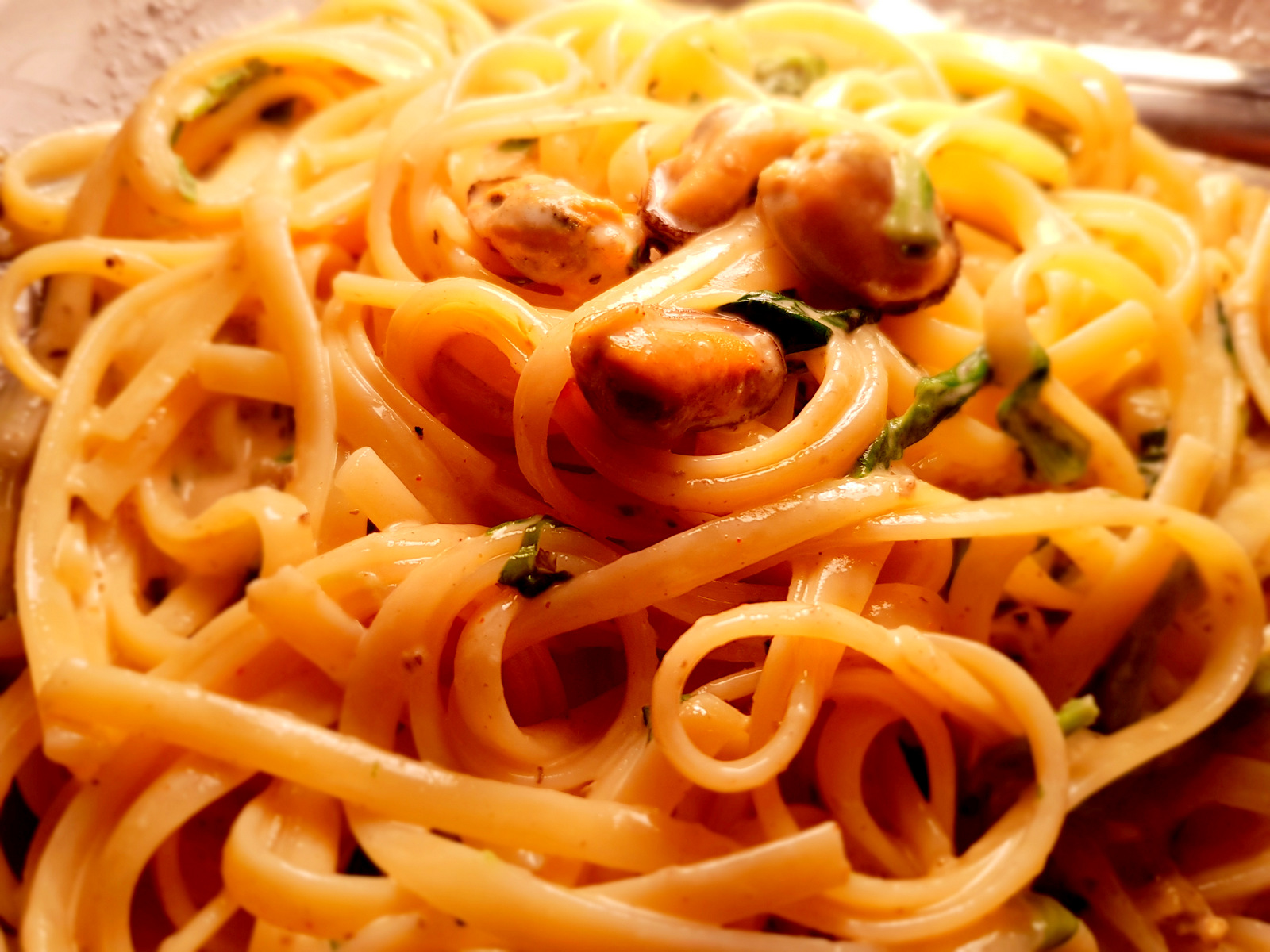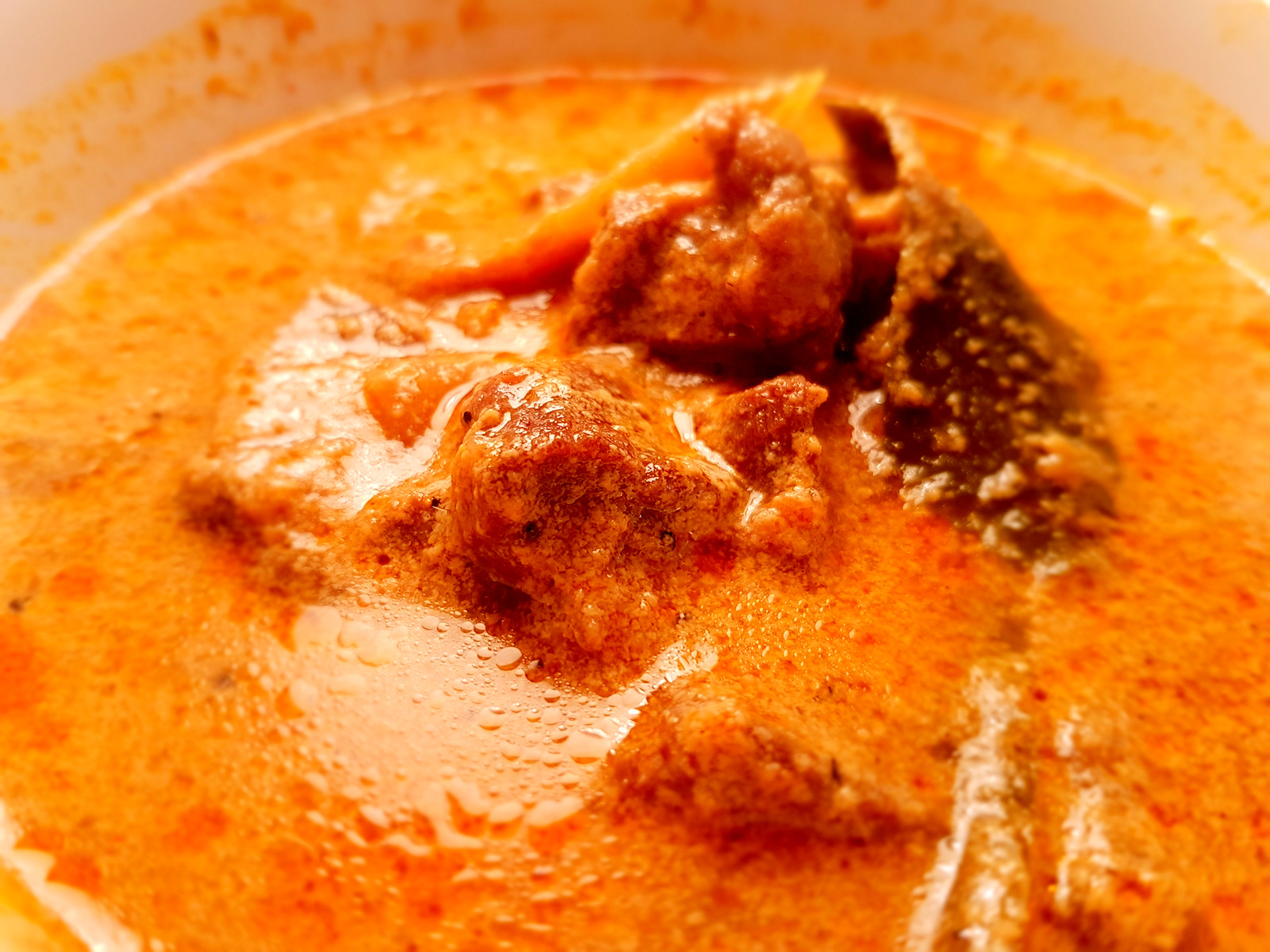Hi everyone,
It’s now Summertime as the undergraduates all over Guildford start heading home to enjoy their summer break. Plus it’s getting really warm here, which is not something I’m a big fan of. It’s expected to go close to Singapore temperatures soon so I’m going to have to find air-conditioned places to hide since I will be around all summer working on my Masters Dissertation.
As expected, I’m only back today because my exams have finally ended! It’s been quite a draining last 3 weeks and I’m just glad it’s all ended. The last time I felt something like this was when I finished the 5th consecutive paper over 5 days in my 5th year as an undergraduate. Back then, I thought that would be the very last exam I’d do in school. As it turns out, I was so ridiculously mistaken since I decided to sign up for more when I applied for this Masters. To be honest, I’ve learned so much within such a short space of time in Business Analytics, I felt the exams were just part of “feeling like a student” again.
My 2 exams were really spread out although I had to work on a research paper in between. Last-minute work is something I always avoid but this Innovation Research paper on GlaxoSmithKline (GSK) forced me to change for just this once. I had quite a bit of it written out back in April over the Easter break but there were big changes that happened at GSK between April and June which completely changed my research approach. Although I was quite confident with my April work being good enough as a finished report, I just couldn’t bring myself to submit it knowing that there was new information. That’s the reality of the business world, where things change dramatically and information can become obsolete over months, weeks and even days! So if you have plans to study/are studying a Business-related subject, you must remember this! A report is only as good as its recency. If it’s based on old information, it’s useless. Stakeholders value updated information. Investors want the up-to-date news to guide their financial investing decision.
Anyway, enough talk about my work which I will take a few days break from. I need to just shut off completely and take a breather before I get started on my Masters Dissertation that will be my main focus over summer. For me, the best way to do this would be to start going back into the kitchen and whipping up satisfying dishes. It’s my go-to activity since I’ve got here and I really do enjoy every part of it, except the washing-up part! 😜 It’s a huge stress-reliever for me because I plan out what I cook and select my ingredients carefully before doing the actual cooking. That allows me to take my mind completely off anything that “stresses” me out. Here are a few dishes I prepared during the exam period whenever I felt I needed a break from Machine Learning techniques and Supply Chain Analytics.
1. Mushroom Risotto: Combination of techniques I picked up from my Italian friends. The mushrooms were first fried with onions (if only there were onion shallots) then cooked in white wine and left to warm over the stove while the rice was cooked (and massaged) in the wok in a vegetable and mushroom broth. The mushrooms were stirred in at the end when the risotto is just about to reach what the Italians call al-dente. Turns out that adding the mushrooms at the end gave it even more flavour 🍄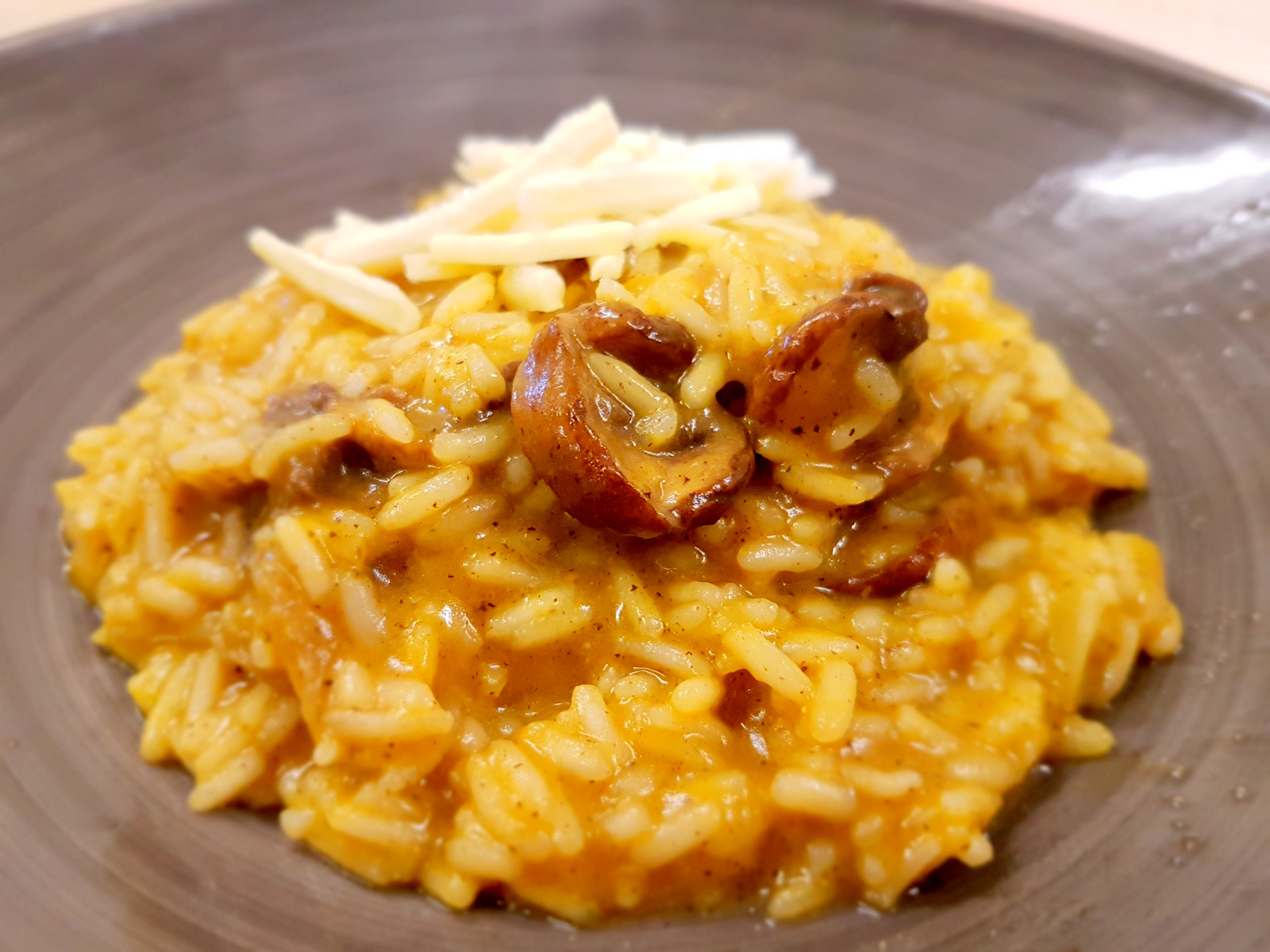
2. Braised Beef Soup 红烧牛肉汤. This is easily the one that took the longest to prepare because it involved a slow-cook and stewing process at the end. The preparation was done a day before too because I marinated the beef in red wine and black pepper overnight so that the meat would soak in flavour. The marinated beef was then fried with onions, potatoes and chilli (plus chilli oil), hence the “redness”. Next is where the soup comes in… just add water, light soy sauce and dark soy sauce (for colour) and if you’re a big fan of eggs like I am, add hard-boiled eggs to the pot. Allow this to cook at the lowest heat on the stove over 4 hours, topping up the water when necessary. Prepared this just after lunch so by dinner time, it was ready and the beef was soft and tender (the potatoes too), making it a perfect match for a bowl of steamed rice!
3. Mussels in Curry. This was actually a mistake. Initially intended for this to be mussels in white wine but my mind was in 2 places and instead of adding white wine, I added chilli paste instead, to my horror! After repeating to myself, “what am I doing?” for 30 seconds, I decided to improvise and just turned it into a curry dish instead, by adding some curry powder after. Turned out pretty decent except that the taste of white wine was present in every bite, reminding me that this was a mistake 😅
4. Char Siew Pork. A first attempt which was a good one but I spent a bit too much time watching over it and got rather distracted from my work. The initial idea for doing this came when I found a little bottle of char siew sauce at Tesco so I thought, “why not? It’s sauce. Can’t be that hard.” Once again… I was wrong! The thing about this dish is that you’ll need to marinate the meat in the sauce first and then apply the sauce again before you roast it in the oven. You need to watch over it to prevent it from getting burnt or you’ll end up with chao-tah (burnt) pork instead. Plus… to make it more authentic, I also decided to make a char siew gravy too, which added more time to the preparation.
5. Fried Rice. Probably the fastest and easiest one of the lot here because it just involves frying rice with onions and eggs. I usually use rice that I’ve kept from the night before because when rice is kept in the fridge it’s not so sticky anymore and easier to fry. Just add sesame oil, soy sauce and then the “beaten up” eggs at the end. The chilli and pork floss were just added when I was about to eat it because fried rice without chilli just isn’t the same. Plus, I had the char siew pork from #4 and my soup in #6 to go with this.
6. Herbal Bak Kut Teh Soup. The easiest way to do this is to just use the packet of herbs and spices. Just pop it in, along with garlic and the pork ribs. Just add water to it and leave it in the soup pot to cook and it’ll be ready. It’s simple when it comes straight from the packet but doing it from scratch is possible too if you’ve got cinnamon sticks and star anis (probably just not as tasty and flavourful).
7. Cheese Baked Rice. This goes one more step further than Fried Rice because it involves adding cheese onto the fried rice and then popping it into the oven. I decided to add more to it though after it was baked by adding the Philadelphia Sweet Chilli Cream Cheese, hence the red specks.
8. Laksa. The dish that I always do when I need something that’s Singaporean Hawker style. I’ve done this the hard way before but that day I was just way too tired to think so I turned to the Primataste Laksa Lamian packet. It’s supposed to be ready in 7 minutes… but I don’t usually go the easy way so I had to add extra stuff like the prawns, green beans, mussels and hard boiled egg. The Primataste packet also has coconut powder… which is really awesome! Laksa without coconut milk/powder just isn’t the same.
9. Spinach and Mussels Linguine. Continuing with the mussels theme, I decided to finally add mussels into my pasta but I needed some veggies too so I ended up frying mussels with spinach and tossing. This cream-based pasta is done in a similar way to how carbonara should be done… WITHOUT CREAM (as the Italians will scream to you). Adding grated cheese into beaten eggs is what makes this creamy. All I did was to add the freshly cooked linguine into the cheese-eggs mix and start tossing to cook the egg. It gets really creamy as you toss. The last step was to add my spinach and mussels mix into it and voila, the linguine dish is ready!
10. Beef Rendang. Or rather a highly improvised version of it, using only curry powder to prepare the gravy. My friends at the other Guildford Court Clandon House invited me over for their version of Pho so I had to bring along something that was Singaporean. I managed to find some curry leaves and lemon grass so that really helped in making it smell and taste as it should. The first step is to fry them with some ginger until fragrant. Once that is done, the beef pieces are added in (Tesco has frozen casserole beef cubes which are perfect for rendang) and “browned”. Next is where the curry powder is added in (also available at Tesco, I used the Hot Curry Powder which I think has the best taste). I tried my best to ensure that I got the curry powder all over the beef pieces first before continuing to fry it after allowing to sit for a while. The final step before allowing this to stew over the stove for a couple of hours is to add coconut milk (or milk if you prefer a more creamy and seemingly less spicy gravy). Before it’s ready to serve, if it’s too watery, you’ll want to thicken the gravy. My trick to thicken the gravy is to add potatoes that I had previously blended. An alternative to that is to add mashed potatoes. If the dish isn’t spicy enough, it’s possible to add Chilli Powder but do this in small portions because you don’t want the chilli powder to overpower the curry flavour.
These were the 10 dishes that kept me going throughout the exam period. There were days where I just didn’t want to cook so I prepared very basic and simple stuff which weren’t featured here.
This is it, I guess. It’s the end of the academic year for most people at the University of Surrey except for us Postgraduates as we continue on with our Dissertation. I’ll be back with more food blogs soon and if I do suddenly decide to make travel plans, it’ll be my camera telling the stories the next time around. Until then, Happy Summer everyone!
God bless you! 🌈
Ben


